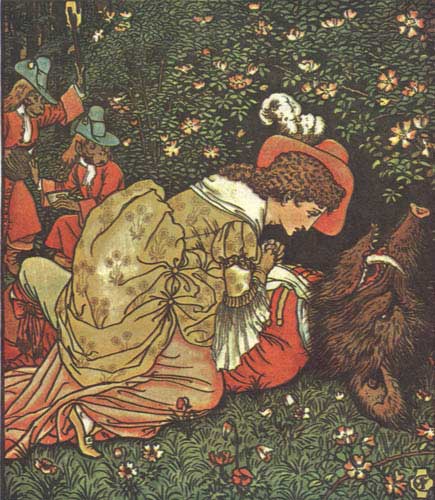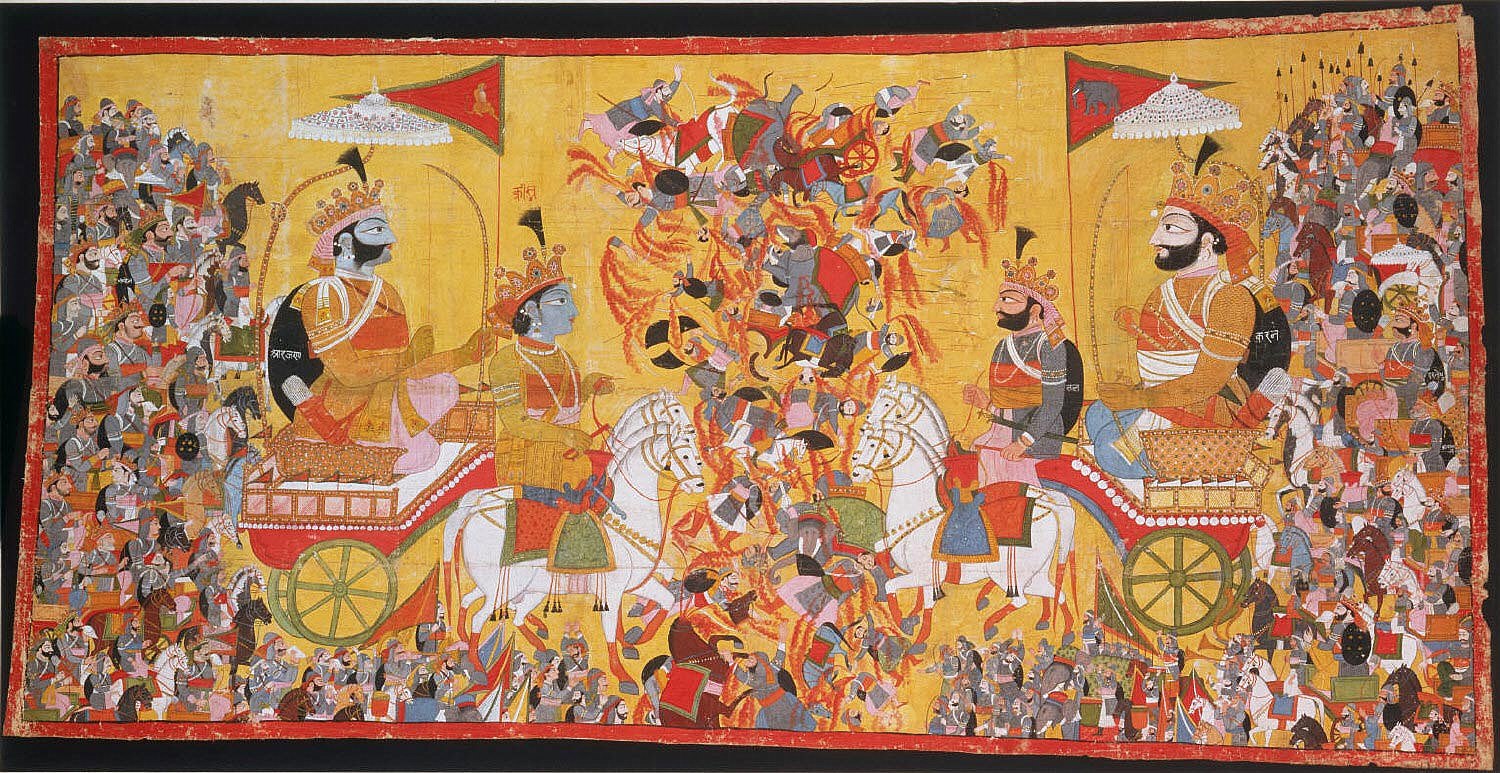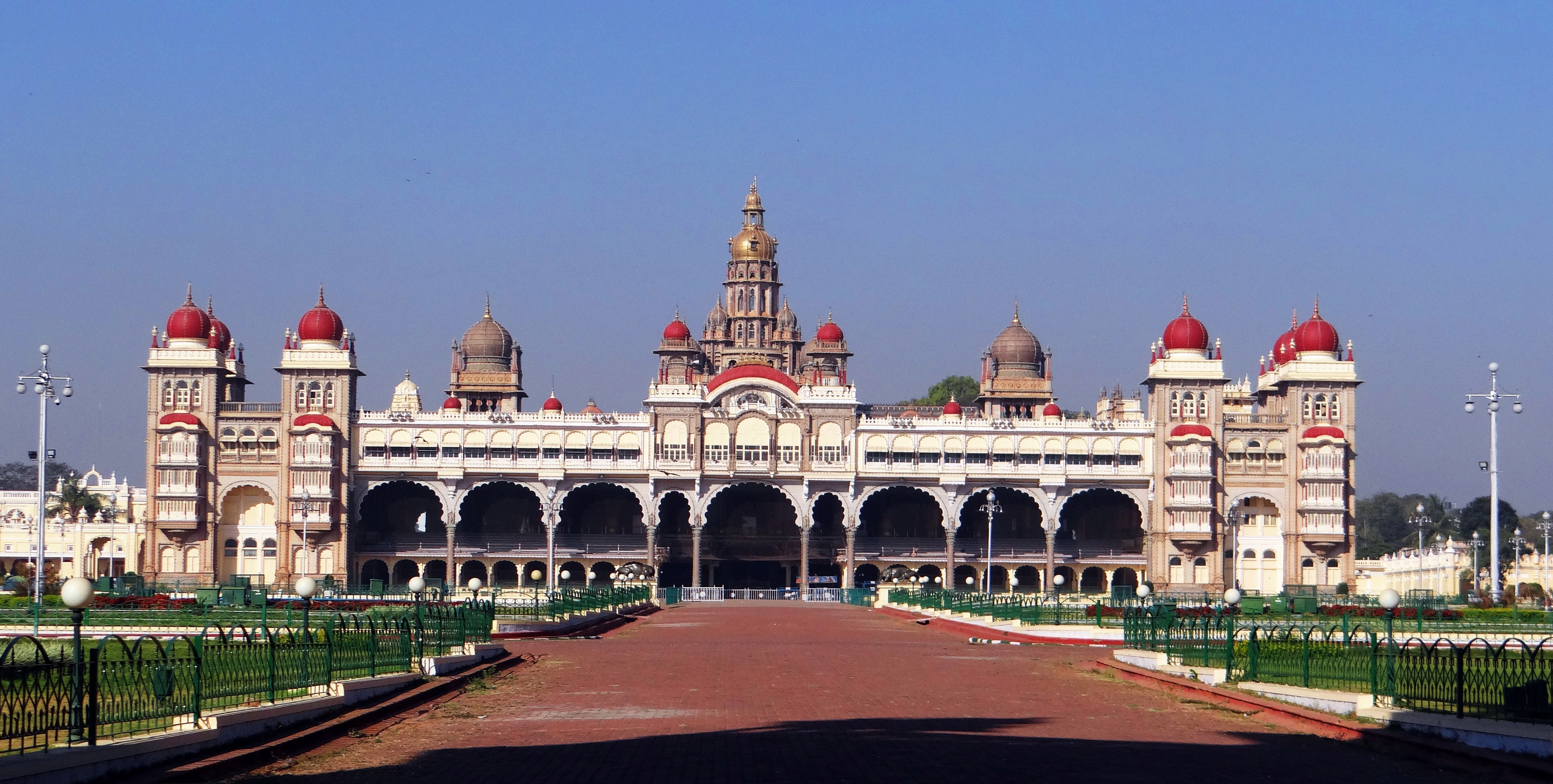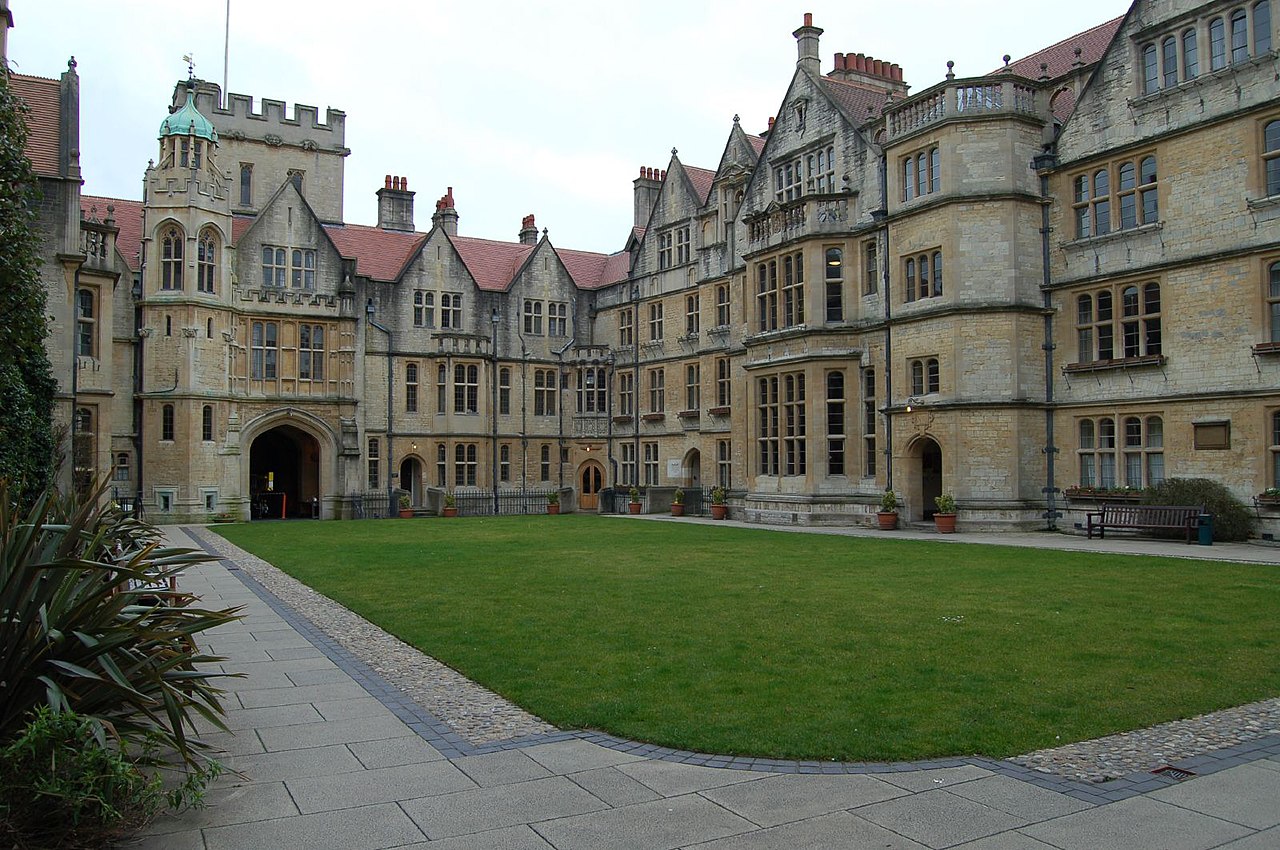The Elephant and the Fly
A fly, who lived in a palace, once said to one of the king's elephants, "Look! you do such hard work, yet you are confined in a shed, far from the palace; whereas I do nothing, yet I range over the whole palace and amuse myself where I like, even on the crowned head of the king."
"That is because you are such an insignificant thing," said the elephant.
The fly was abashed, and said, "Alas! it signifies nothing where a fly lives!"
An Indian Fable by Ramaswami Raju
--------------------------------------------------------------------------------------------------------------------------
Once upon a time in a land far away, there lived an elephant by the name of Raja. Raja lived a majestic life as he was the royal prince's favorite elephant. Due to his position as the "favorite elephant," Raja lived a life of luxury and joy. Everyday, his meals would be served on the finest metal plates in the kingdom, he had his own barn on the royal grounds to sleep in, and the prince would make a visit at least once a day. However, when Raja wasn't eating, sleeping, or spending time with the young prince, he would get quite bored as none of the other elephants were friends with him. You see, the other elephants were jealous of the special treatment that Raja received. One day, a palace fly ventured out onto the royal grounds and happened upon Raja's barn. The fly was surprised to see the level of luxury the elephant lived in as he had seen the other animals on the royal grounds did not receive much special treatment.
He asked Raja, Oh, fine elephant, why do you live in such extravagance while the other animals get pushed around?
Raja replied, While it seems like an extravagant life, I myself live in misery as I have no friends to share my time with.
Astonished, the fly asked why Raja did not have any friends.
Raja responded, I have had the unfortunate blessing of being the prince's favorite elephant. But, my fellow elephants do not wish to speak to me because of the special treatment I receive.
Realizing that it was soon getting dark, the fly soon departed back to the palace. However, that night, he decided that he should become friends with Raja and connect him with the other elephants on the royal grounds. The next day, the fly visited the other elephants...
Oh friendly elephants, why do you ostracize my friend Raja? He has done no wrong.
To which the elephants replied, We do not ostracize him, we just thought he did not want our company.
The fly said, Oh but that is not the case. Raja longs to be friends with you all!
Joyfully, the fly flew over to Raja's barn to tell him the happy news. Raja was overjoyed and quickly walked (as fast as an elephant can walk) to the other elephants. Soon enough, all of the elephants became the best of friends and also became close friends with the fly.
Author's Note: The inspiration for my story came from Ramaswami Raju's fable The Elephant and the Fly. In his fable, a fly from a palace tells an elephant that it is constrained in life and does not have any freedom. However, the elephant then says that it lives a more valued life than that of the fly, demonstrating that while the elephant has a tougher life, his purpose is greater. When I read this story, I wanted to create one that had a friendship between the elephant and the fly. But, I also wanted a story that incorporated the royal undertone, while creating one in which the ending was happy for all parties.










 Pandavas vs. Kauravas (
Pandavas vs. Kauravas (

















